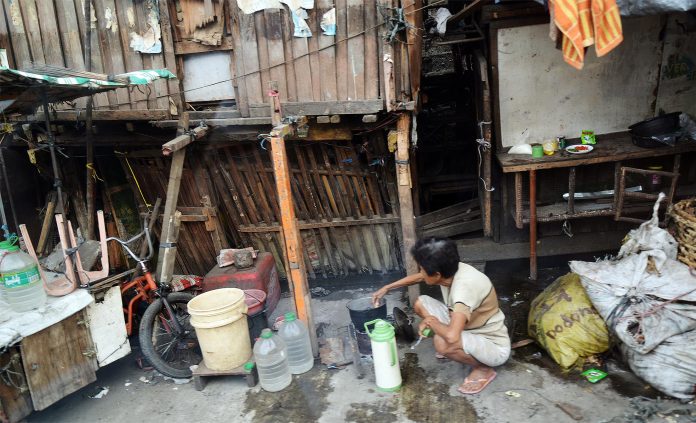
ILOILO City – The poverty incidence in Western Visayas has significantly declined in 2018.
Data showed that the poverty incidence in Western Visayas of 16.4 percent for 2018 was below the 23.3 percent figure for 2015.
It is also lower than the 21.1 percent target set in the 2017-2022 regional development plan and even lower by 0.2 percentage points than the national average of 16.6 percent.
Poverty statistics is computed by the Philippine Statistics Authority (PSA) using the income figures from the Family Income and Expenditures Survey (FIES) and Food Bundle from the Food and Nutrition Research Institute (FNRI) Price Data.
In her message during the Regional Dissemination Forum on the 2018 Official Poverty Statistics, National Economic and Development Authority-Western Visayas regional director Ro-Ann Bacal said it “is a sign that economic growth has been trickling down to lower-income families, helping bridge the gap between the rich and the poor.”
The NEDA official said the improved poverty situation in the region is attributed to the growth in industry and services sectors, increased number of beneficiaries and values of assistance for social welfare and livelihood programs, and enhanced access to economic opportunities and social services due to improved infrastructure facilities.
Although the decrease in poverty incidence was attributed to varying factors per province, all of them credited the fact to, among others, the increase in minimum wage rates in the region effective July 12, 2018, increased number of beneficiaries of the Sustainable Livelihood Program and the Social Welfare Programs of the DSWD courtesy of its Conditional Cash Transfer which added to the disposable income of the poor.
Despite the declining poverty figure, however, Bacal challenged everyone “to walk the extra mile and reach out to alleviate the remaining 16.4 percent poor population or 1.23 million individuals.”
Poverty incidence is the proportion of families or individuals with per capita income less than the per capita poverty threshold to the total number of families or individuals, while poverty threshold is the minimum income required for a family or individual to meet the basic food and non-food requirements, also known as the poverty line.
The poverty statistics, computed by PSA every three years, is disseminated to serve as basis in program planning and decision-making both by government and private sectors, said PSA-6 officer-in-charge Marlene Y. Alviar.
It is further used in the monitoring in the monitoring of Sustainable Development Goals and Philippine Development Plan. (with a report from PIA-6/PN)







